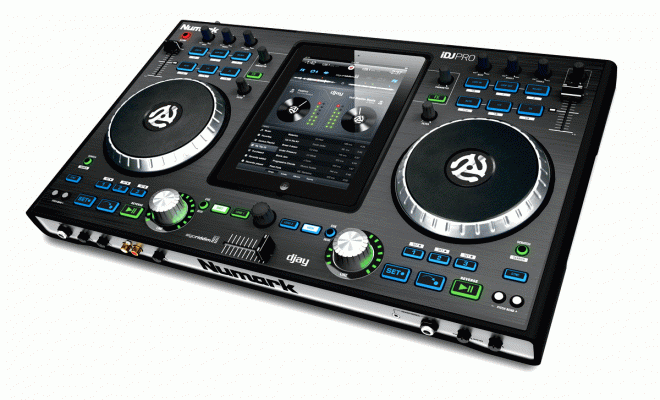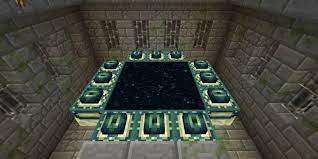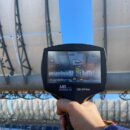How 404 Errors Can Damage Your SEO and Ranking Performance?

Every web page related error has a specific code. The 404 error code means a ‘Page Not Found’. It indicates your browser connected the requested server, but the targeted page was not found. Whenever a link that does not point to an active page is clicked, you will get 404 errors.
In most cases, they are inevitable, as they are a natural byproduct of changes and updates made on page layouts.
How 404 errors damage your SEO and performance?
SEO value associated with the error page gets lost
Every webpage has to show its unique authority to search engines. A new URL gets to take credit of your domain’s overall authority, but it has to earn its way towards the top ranking by getting inbound links, aging, social shares, and more.
If that webpage gets deleted for some reason, and if it is not redirected correctly, all the SEO value that you had earned gets lost. Your overall domain cannot benefit from it. Such issues can cause a serious setback to your WordPress freelance business.
For example, if you deleted an old page X that had 10 quality backlinks, it starts hitting a 404 error. Your domain will lose those 10 quality backlinks. Instead, if you had implemented WordPress 301 redirect, your already built inbound link, brand value, and social authority would not be lost. Trying to gain those quality inbound links is not an easy task.
The domain authority trickles down to individual webpages, but a solo page authority can also help to build domain authority. You will need to implement WP 301 redirects to fix SEO problems like 404 errors and redirections that often get overlooked.
You can use the 301 redirect WordPress plugin to get it done easily. The plugin is easy to install and use. Whenever pages or URL gets modified or changed or deleted, a redirect gets created automatically. You can also use the tool to redirect multiple pages simultaneously to a new target page.
Too many 404s can hinder the search engines from crawling your pages
Every page does not get crawled daily, and every site has a couple of 404 errors. Over a period of time, the crawling rate increases and the crawlers need to work hard. If they waste their time looking for updated or new content and hit a dead-end, the pages can even get de-indexed. Until the new content does not get indexed, it cannot be displayed in search results.
Actually, your content is struggling from getting found because of the multiple 404 error pages that get accumulated over time. Clean the 404s to ensure that crawlers face no obstacles when they crawl across your site.
Site usability gets damaged
Usability is a crucial element of SEO efforts. Many 404s create a negative user experience, which increase in bounce rates. Google prioritizes user experience, and can drop your ranking as a punishment. It sounds terrible, but Google cares for the users, and not your website. If your site consistently serves 404 error pages, then you are overlooking Google’s main goal. Never overlook the benefits of 301 redirects!












